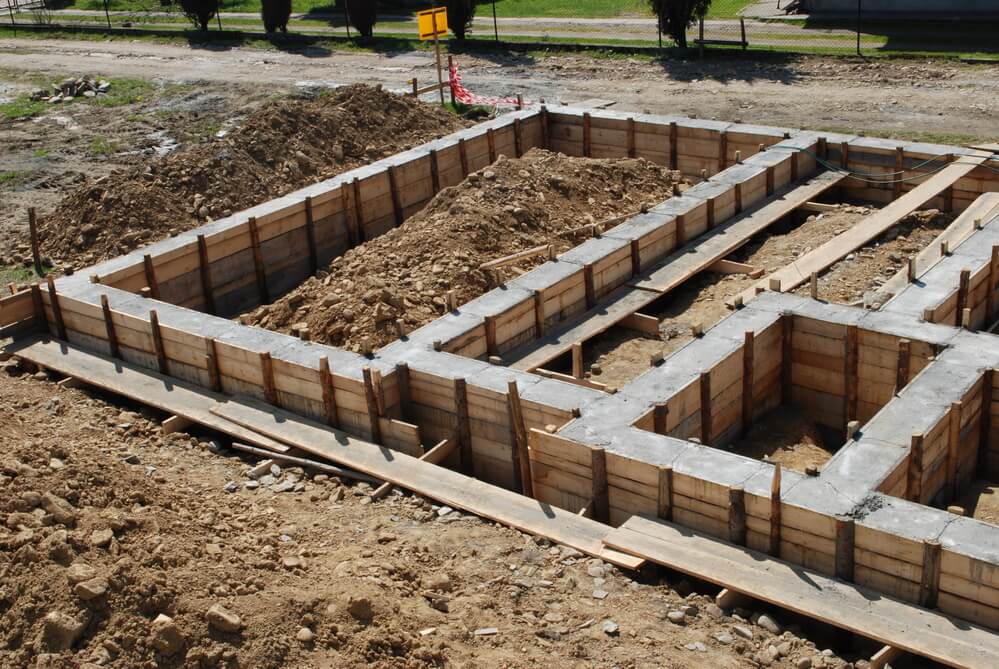The client is likely familiar with the basic idea of a pier and beam foundation. This aspect is one of five common house foundations in the United States. Although the most obvious image is one of a house perched on stilts ten feet high above the wetlands in South Carolina and Louisiana, many other houses in the suburbs of Dallas, Fort Worth, follow the same basic design. The stilt, pile, or post is only a few inches tall. It is hidden from view by the house’s siding or soil and plants.
A typical pier and beam in a foundation consists of concrete pilings that anchor the foundation to the ground, posts or piles that run between the piers and horizontal beamed, and wooden beams that support the house’s weight. These foundation components are why it is called a variety of names. Pier and beam, beam and post, pier-and-post, pier, pile, pier, horizontal beam, post and beam (or post and beams) refer to the same foundational structure based on pier and beam.
Pros of Pier and-Beam Foundations
A pier-and-beam foundation is ideal in places with no severe winters. This is because basement foundations can be very common as home foundations must be below the frost line (such as in the Midwest and Mid-Atlantic).
A concrete slab is usually the best option, even if a pier and beam foundation is the only option.
Benefits of Pier-and beam Foundations
Pier-and-beam foundations have many advantages, including cost, flexibility, and flood protection.
Flood protection. It will be protected against flooding because it is raised above the ground and is perched atop posts.
The ability to access wiring and pipes. Concrete slabs have the problem of plumbing and electrical components being embedded in the concrete. A pier-and-beam foundation has a crawl space, making it easy to make repairs or modifications.
Repairs. Repairs.
Flexibility to accommodate uneven terrain. Concrete slabs can cause foundation problems on slopes, while pier-and beams are more suitable for uneven terrain.
The excavation costs are lower. This aspect is not true for concrete slabs. However, excavation costs with a pier and beam foundation will be significantly lower than a full basement foundation.
Mobility. Homes built on pier-and-beam foundations are more easily moved than homes built on concrete slabs if it becomes necessary.
Conclusion
Until concrete slabs were introduced in the 1960s and 1950s, houses based on piers and beams were the norm in some parts of the country. This type of foundation is common in Texas, where the client will find many older homes. Although they are less popular, these foundations still have a place in Texas where they are the best. They are especially useful in areas susceptible to flooding or where soils tend to shift, which can lead to cracks in concrete slabs.






